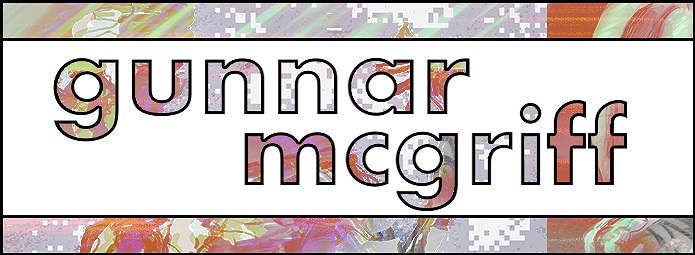Teaching Philosophy
My instincts as a teacher are to put the student in the driver’s seat whenever possible, while providing guidance and a standard to strive towards. In a school system based around meeting externally measurable targets, it’s easy for students to become disconnected from their own motivations. This alienation can result in a lack of curiosity, a lack of agency, and a general feeling after graduation of “I’ve been on a conveyor belt for years, what now? How do I do things on my own?” The sad irony of the situation can be summed up in an experience of mine from high school English class: weighed down by hours of homework every night, I remember being forced to write an essay about Henry David Thoreau. The theme? “How to live deliberately.”
Art classes provide an oasis within the school system where a student is able to explore their own interests and reclaim that sense of agency. I would like to focus on teaching the fundamental techniques while allowing considerable freedom of subject matter. If I’m teaching a module on abstract art, for example, I might have them base the piece off a song of their choosing and interpret it visually, basing the colors and shapes off the mood and rhythms. I’d like to take that energy in a student that makes them check out of their work—that impulse to zone out and listen to music—and redirect it into an art project. Learning to tap into their own intrinsic motivation, while applying adult structure and discipline, will serve them well in life. That’s my goal as a teacher: to nurture students’ independence and enthusiasms, to produce whole and healthy young people.

